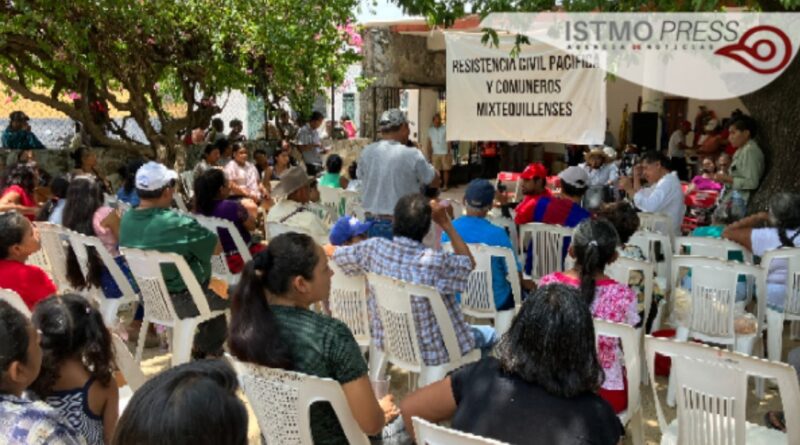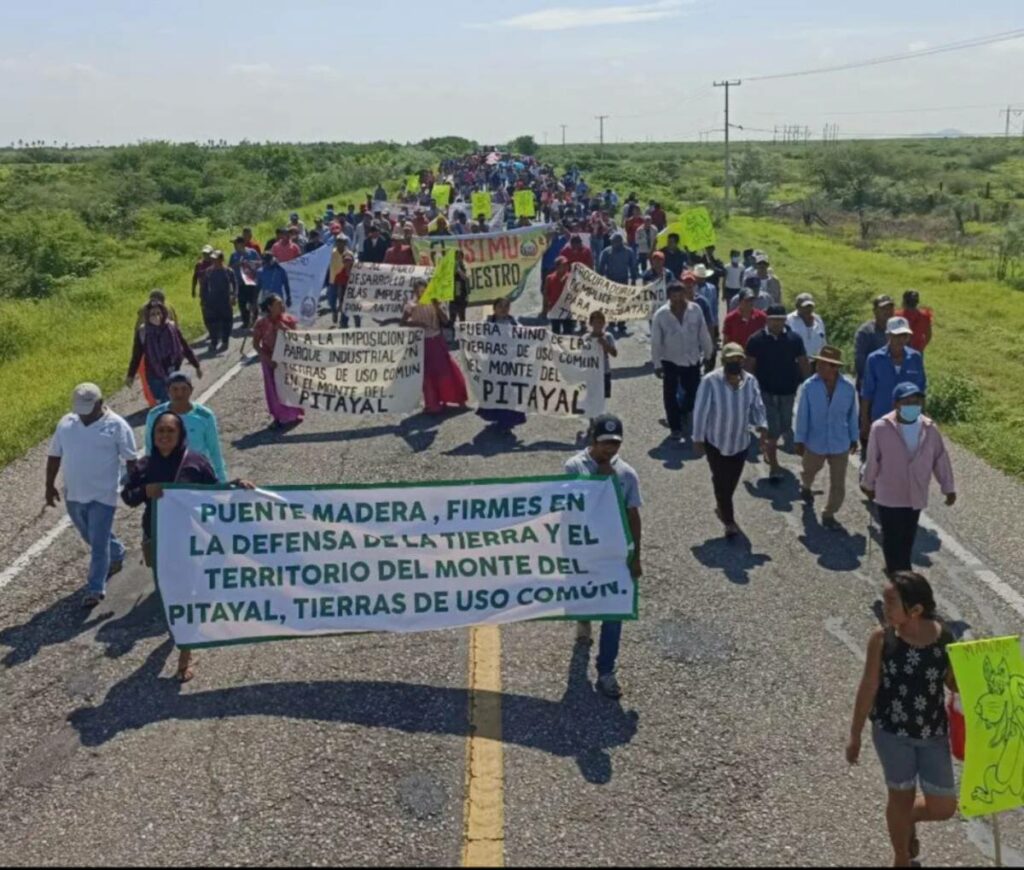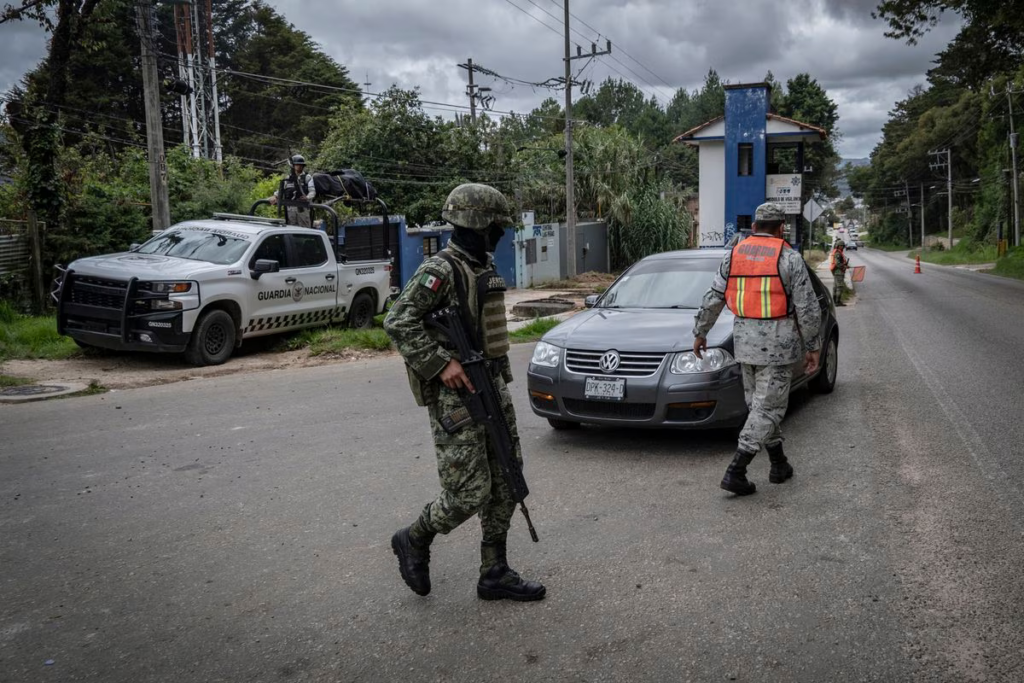SAN ANDRÉS ACCORDS FORGOTTEN
“If the communes or agrarian communities and ejidos of almost the entire country, but especially in the deep south, were not colored by revolts and stories that paid with blood for Article 27 ….I would say without reservation that I fully accept the proposal of common and non-property…However, the historical-epistemic root of indigenous agrarian communality, particularly in Mexico, differs correlatively from the common…”
Respectfully raising questions of the common and non-property, the author draws on the history and complexity of the struggles that culminated in the Accords of San Andrés.





